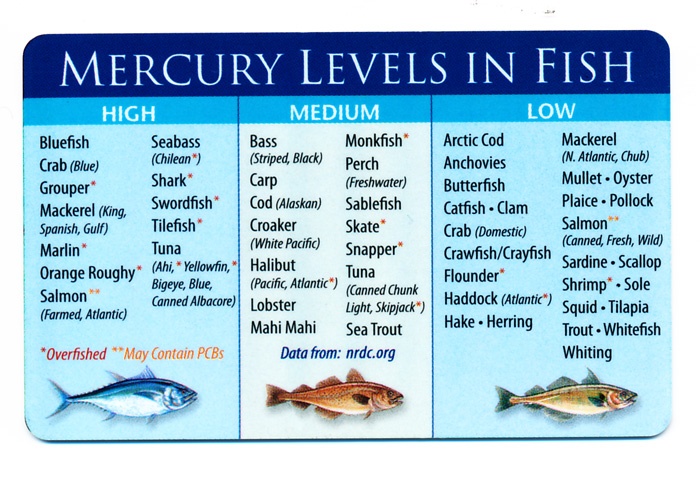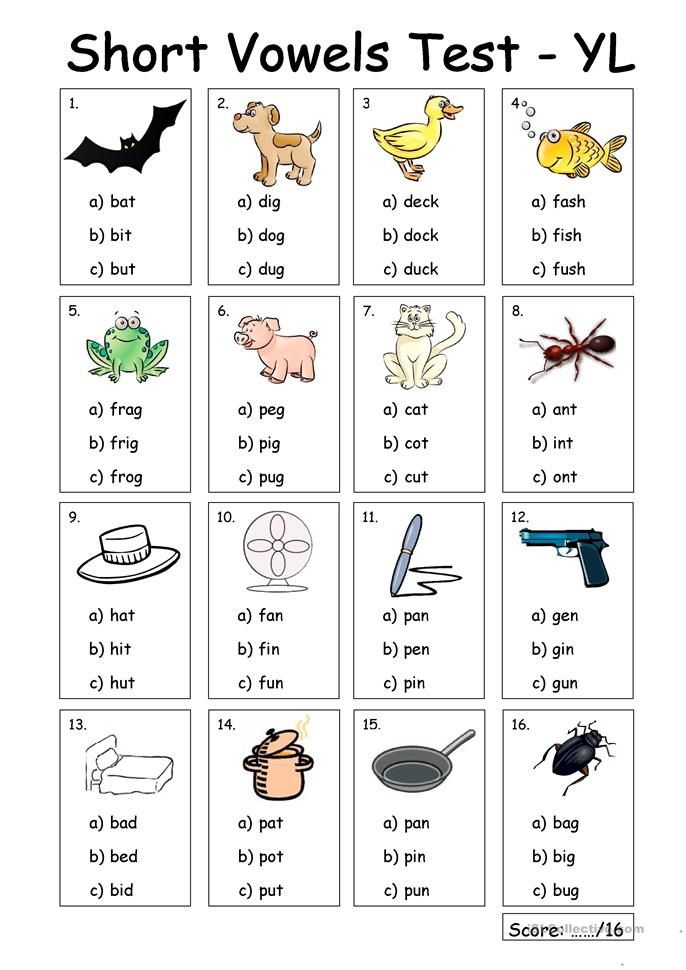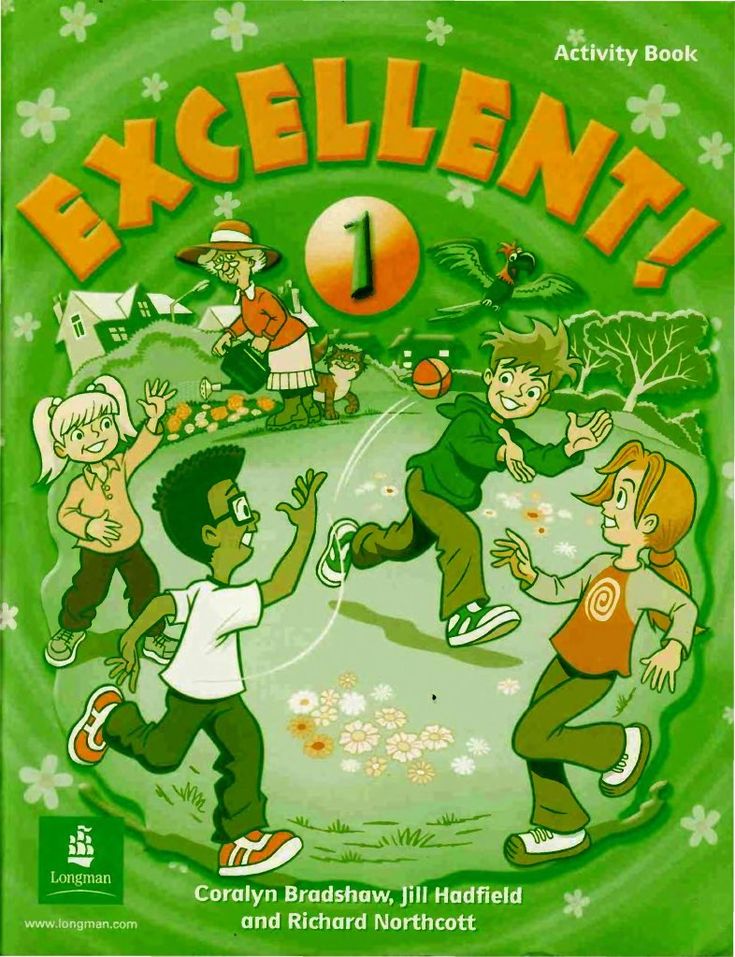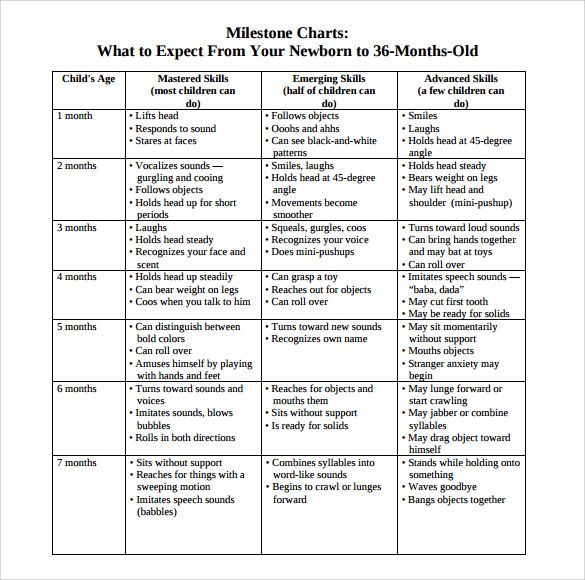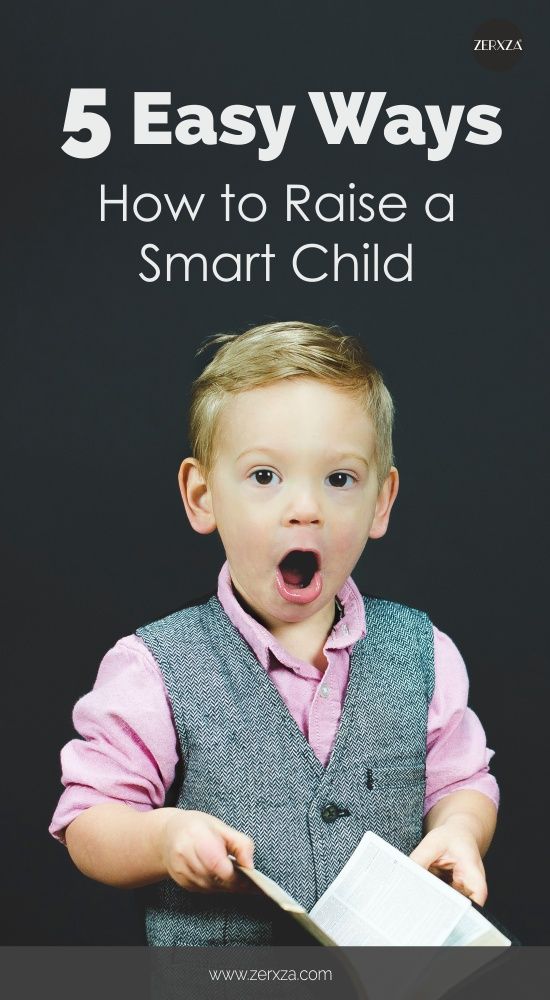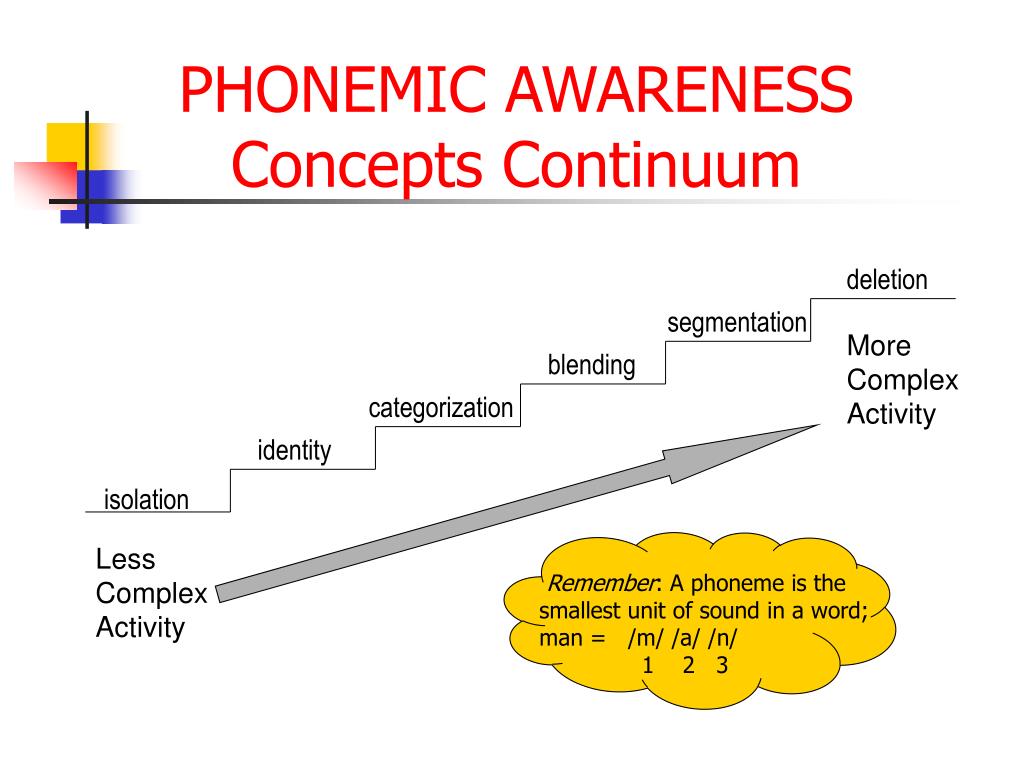Why is phonics important
Phonics (emergent literacy)
Phonics is the ability to map sounds onto letters (sound-letter knowledge).
Children start to develop this early decoding ability in early childhood.
The ability to decode words is strongly reliant on children having strong phonological awareness skills, which are a gateway into letter-sound knowledge.
Phonics knowledge allows children to understand the link between sounds (phonemes) and letter patterns (graphemes).
Phonics can be introduced through emergent literacy experiences.
In early childhood children will typically develop an emerging awareness of phonics, and that other aspects of emergent literacy and oral language are the main foci.
English is an alphabetic language as it has 26 letters and 44 speech sounds. Combinations of these letters are used to represent all the different speech sounds (phonemes).
In English, sound-letter patterns can be either single letters (graph), two letters (digraph), three (trigraph), or four letters (quadgraph) to spell these sounds:
| Sound-Letter pattern | Grapheme | Example grapheme | Example word |
|---|---|---|---|
| 1 letter making 1 sound | graph | b a | rub cat |
| 2 letters making 1 sound | digraph | ch oy | chop soy |
| 3 letters making 1 sound | trigraph | dge ere | ridge here |
| 4 letters making 1 sound | quadgraph | ough | through though |
Learn more about the 44 sounds of English:
- 44 sounds of English (docx - 224.
96kb)
- 44 sounds of English (pdf - 546.72kb)
- Phonological awareness
Early phonics knowledge is the key to starting to decode written words. Children can use phonics knowledge to “sound out” words.
[Children] learn to recognise how sounds are represented alphabetically and identify some letter sounds, symbols, characters and signs.
VEYLDF (2016)
Phonics is essential for children to become successful readers and spellers/writers in the early years of schooling and beyond. Introductions to phonics through engaging learning experiences can start from the ages of 3 and 4.
Phonological awareness is the awareness of speech sounds, syllables, and rhymes. Phonemic awareness is the phoneme (“speech sound”) part of this skill, and involves children blending, segmenting, and playing with sounds to make new words.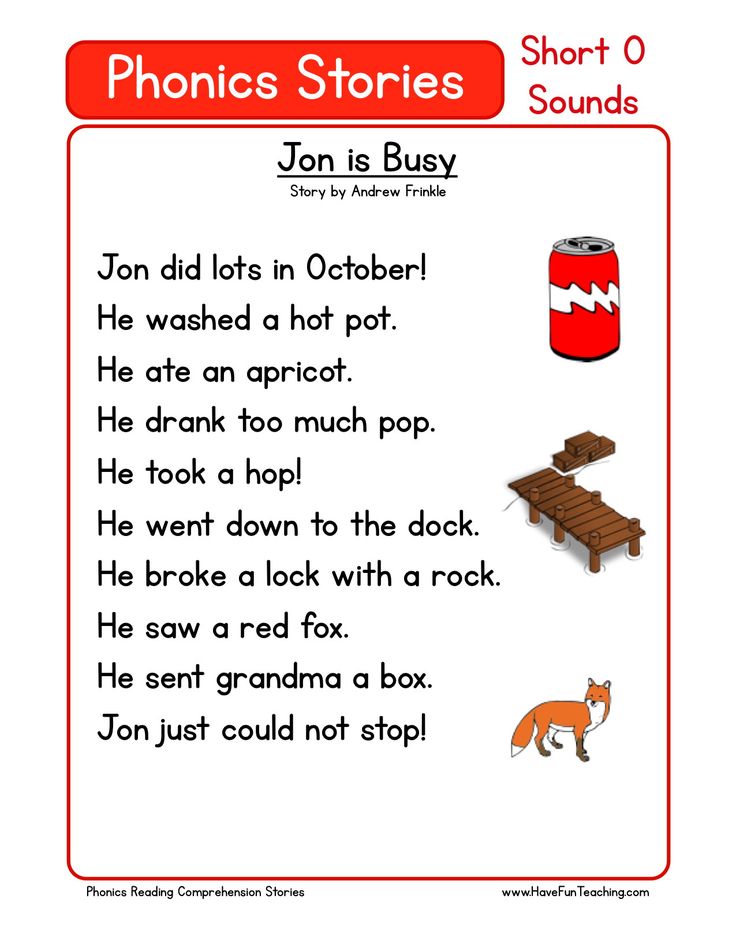
Phonics is the mapping of speech sounds (phonemes) to letter patterns (graphemes).
Phonological Awareness and Phonics are therefore not the same. However, these literacy foci overlap quite a lot, especially in the early years of primary school.
The following ages and stages are a guide that reflects broad developmental norms, but doesn’t limit the expectations of every child (see VEYLDF Practice Principle: High expectations for every child). It is always important to understand children’s learning and development as a continuum of growth, irrespective of their age.
Early communicators (birth - 18 months):
- developing interest in books and print
Early language users (12 - 36 months):
- interested in print
- pretending to read
- enjoying storybook reading
- interested in syllables, rhymes, sounds
- experimenting with mark making and drawing
Language and emergent literacy learners (30 - 60 months):
- growing awareness of words and print (metalinguistic skills)
- playing with sounds and language
- recognition of:
- familiar words by recognising only a few letters
- printed material
- trademarks
- own name
- scanning of material from left to right
- growing letter-sound (phonics) awareness
- starting to experiment with writing and spelling.
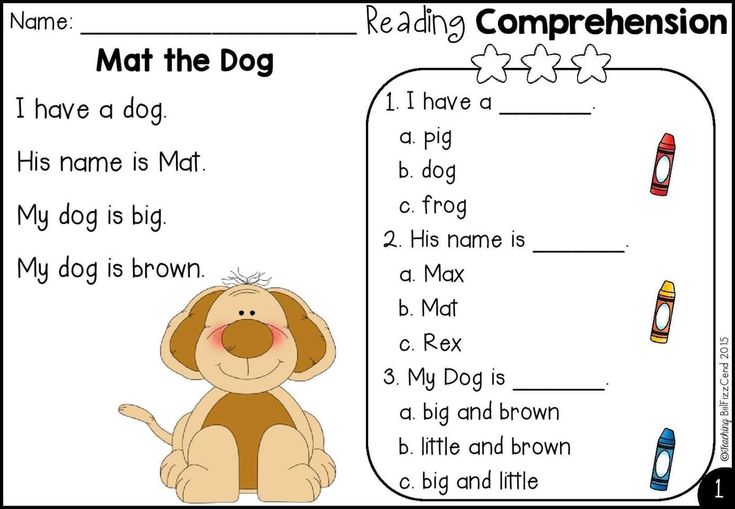
Early writing and spelling experiences are a great way to introduce phonics.
For introductions to letter-sound patterns, it is best to begin with the simplest graphemes.You can introduce these through environmental print, shared book reading, shared drawing and writing experiences, and letter games.
These introductory phonics patterns (graphemes) are the first building blocks of simple words.
Using just these simple patterns, educators and children can create 100s of words, all using these short vowel sounds:
- short /a/ — for example cat dab man tap bag
- short /e/ — for example met fed wet men get
- short /i/ — for example kit lid nip fit fix quit
- short /o/ — for example cot pod got top
- short /u/ — for example cut dub tug bun
You can download this overview of phonics patterns to see the scope of sound-letter patterns from simple to complex.
- Phonics patterns (docx - 212.49kb)
- Phonics patterns (pdf - 535.
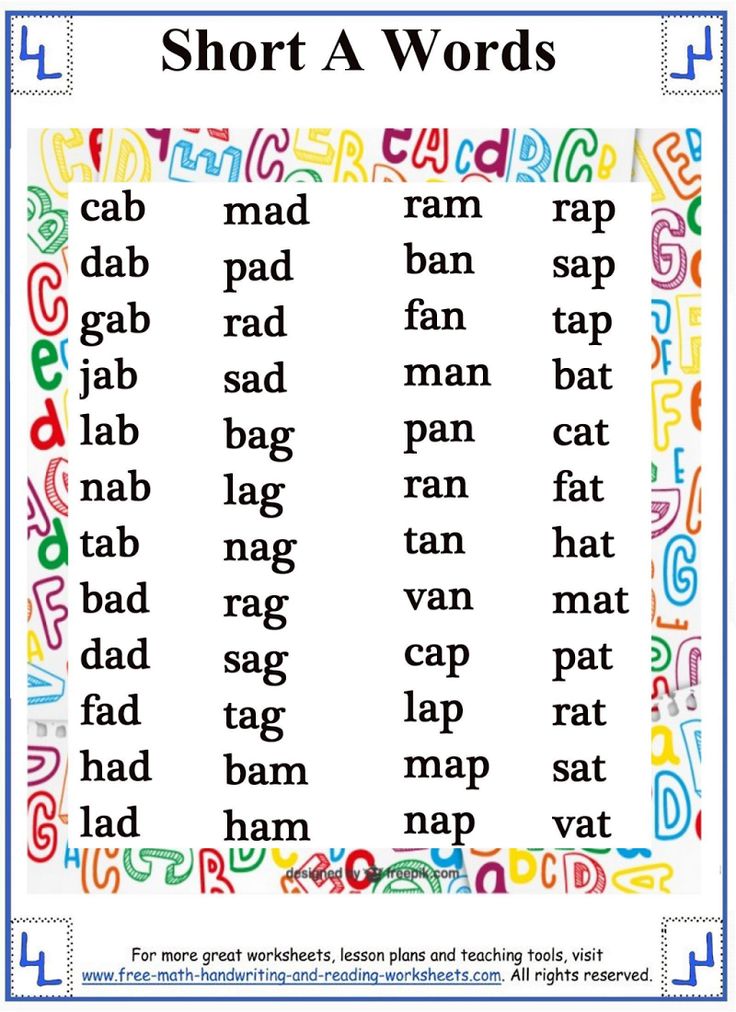 06kb)
06kb)
Irregular words
Some words do not follow the sound-letter (phonics) rules. These are known as irregular words.
- regular words are words that can be decoded using knowledge of phonics patterns (for example get, well, which, before)
- irregular words are words that do not conform to phonics patterns (do, said, could, yacht, doubt).
Sometimes you will come across irregular words in emergent literacy experiences. For these words sounding out won’t really work, so you can read (or spell) the whole word for children.
Look at the more complex phonics patterns to know which words have intermediate/advanced patterns, and which are irregular.
- Phonics patterns (docx - 212.49kb)
- Phonics patterns (pdf - 535.06kb)
Blends vs. digraphs/trigraphs
Consonant blends are combinations of consonants that appear before or after a vowel (for example plug, splat, grump, spilt).
Sometimes blends can be confused with digraphs (for example rich, shut) and trigraphs (r i dge).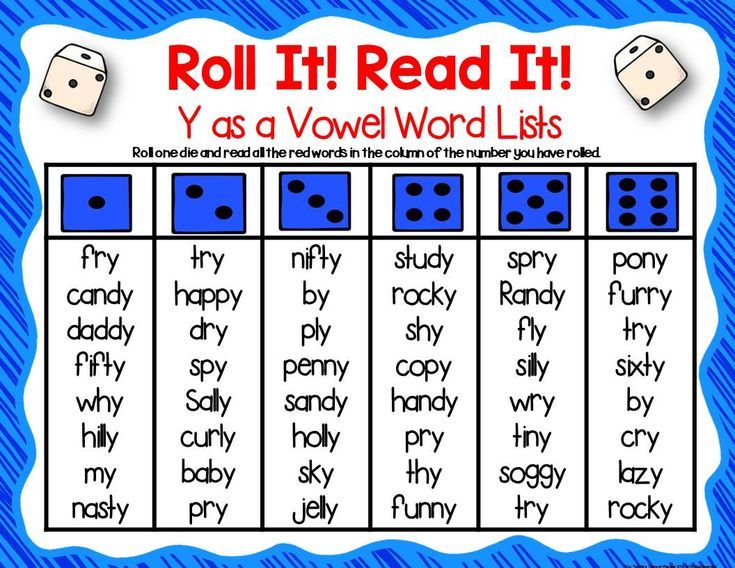
If you can break the sounds apart then you are hearing a blend:
- for example split —> /s/ /p/ /l/ /i/ /t/
- for example pink —> /p/ /i/ /n/ /k/
If the sounds will not break apart then it must be a digraph, trigraph or quadgraph:
- ship —> /sh/ /i/ /p/
- itch —> /i/ /tch/
Introducing phonics is a key to early reading and spelling success.
An awareness of the links between speech sounds (phonemes) and letter patterns (graphemes) is one of the essential parts within the Four Resources model of reading (Luke & Freebody, 1999).
When beginning to read, children need to "break the code" of written language (decoding). When spelling they need to “use the code” to turn their speech into written words (encoding).
Strong evidence demonstrates the importance of phonics for literacy teaching, particularly in the early years of Primary. When educators introduce children to sound-letter patterns through engaging emergent literacy experiences, it makes the transition to early reading and spelling much smoother.
The evidence for this includes the synthesis of research literature in the Australian National Inquiry into the Teaching of Reading (Rowe et al., 2005). In this review, they found that numerous studies support the effectiveness of phonics for early reading skills. In particular, teaching practices in early Primary school that included an explicit focus on the sound-letter patterns (graphemes), and applied these to reading and writing experiences were most effective.
These findings are also replicated in Hattie's (2009) Visible Learning, the US National Reading Panel (2000) and the UK Rose Review (2006).
Phonics: Getting started downloadable for:
- Early communicators and early language users
- Language and emergent literacy learners
- listen and respond to sounds and patterns in speech, stories and rhymes in context
- begin to understand key literacy and numeracy concepts and processes, such as the sounds of language, letter–sound relationships, concepts of print and the ways that texts are structured.
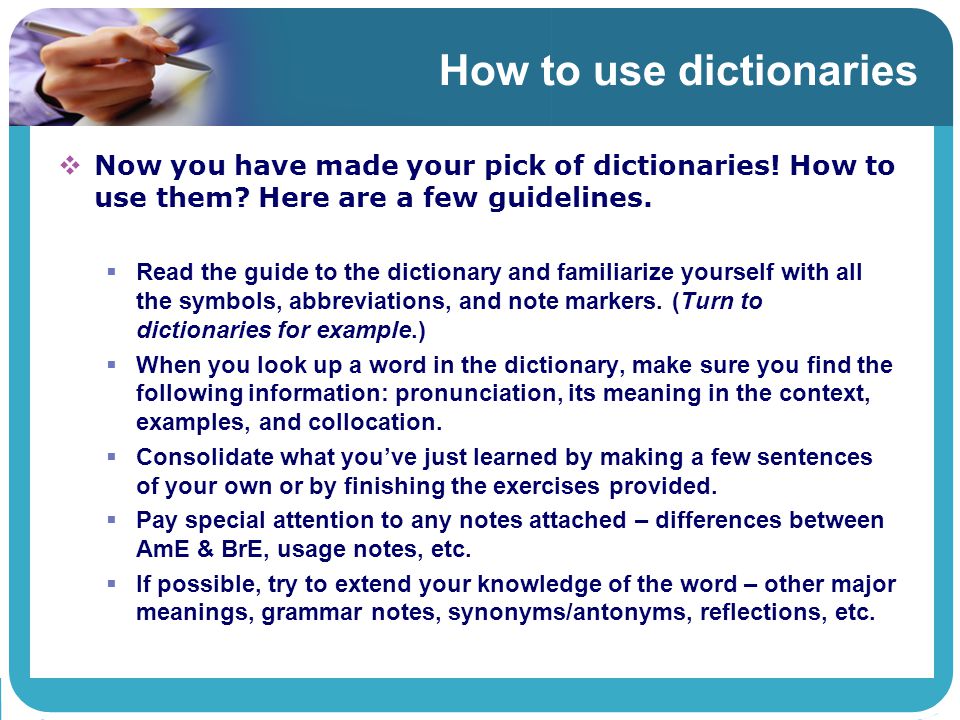
- begin to recognise patterns and relationships and the connections between them.
- develop an understanding that symbols are a powerful means of communication and that ideas, thoughts and concepts can be represented through them
- begin to be aware of the relationships between oral, written and visual representations
- listen and respond to sounds and patterns in speech, stories and rhyme.
- Phonological awareness through rhyme and stories
Victorian early years learning and development framework (VEYLDF, 2016)
Outcome 5: communication
Children engage with a range of texts and get meaning from these texts:
Children express ideas and make meaning using a range of media:
Children begin to understand how symbols and pattern systems work:
For age groups: early language users (12 - 36 months):
For age groups: language and emergent literacy learners (30 - 60 months) :
- Bee bee bumble bee
- The sounds in my name
- Clay letters: fine motor and phonics
- Phonological awareness through rhyme and stories
- Phonological awareness
- Speech sounds
Hattie, J.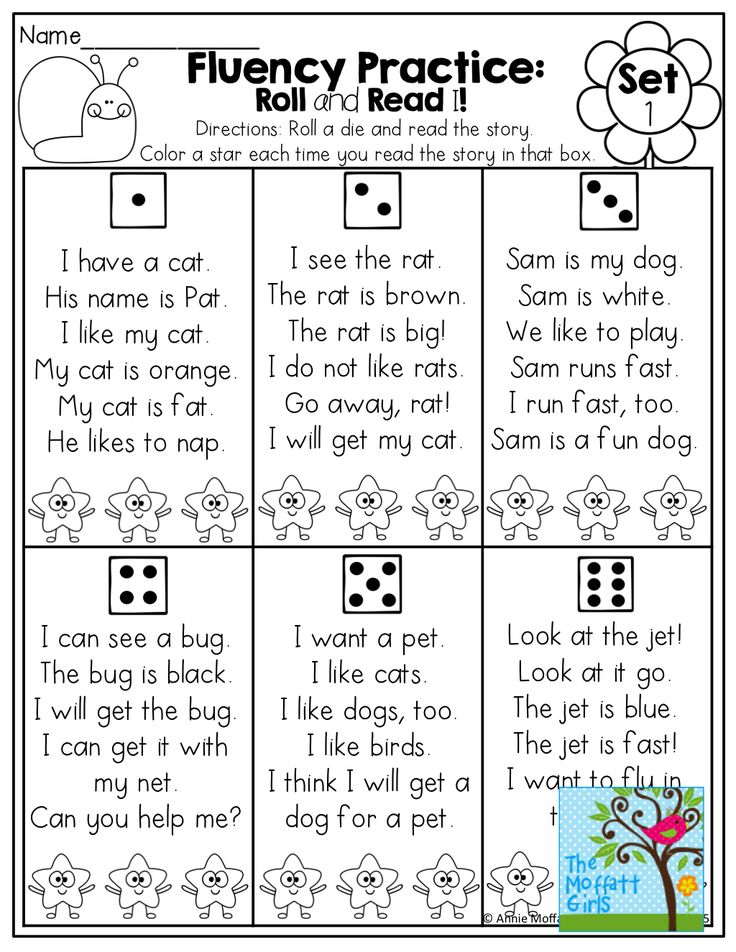 (2009), Visible Learning; a synthesis of over 800 meta-analyses relating to achievement, Routledge, London.
(2009), Visible Learning; a synthesis of over 800 meta-analyses relating to achievement, Routledge, London.
Luke, A., & Freebody, P. (1999). Further notes on the four resources model. Reading Online. Available from:
NRP, National Reading Panel (2000a). Teaching children to read: An evidence-based assessment of the scientific research literature on reading and its implications for reading instruction. Washington, DC: National Institute of Child Health and Human Development (NICHD).
Rowe, Ken and National Inquiry into the Teaching of Literacy (Australia) (2005) Teaching reading. Canberra, Australia. Available from:
"Rose Review". Department for Education, 2010, Importance of teaching: The Schools White Paper Executive Summary, TSO, London, England. Available from the UK Government website
Victorian State Government Department of Education and Training (2016, Victorian Early Years Learning and Development Framework (2016). Retrieved 3 March 2018,
Victorian Curriculum and Assessment Authority (2016) Illustrative maps from the VEYLDF to the Victorian Curriculum F–10.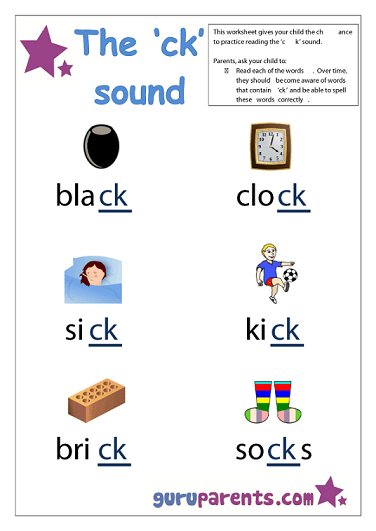 Retrieved 3 March 2018,
Retrieved 3 March 2018,
what is phonics and why is it important?
The efficacy of phonics as a method of teaching has been debated for several decades, and has recently come back to the forefront of public debate.
This time, the focus is on the phonics check – a screening tool designed to identify early readers who may be in need of intervention, and provide some indication of how successful current phonics teaching methods are. The UK has been using the Phonics Screening Check (PSC) since 2012, and now there is a push to implement a trial of the same check in Australia. This has raised some concerns.
So what’s the fuss about phonics?
What is phonics?
Scientific studies have repeatedly found that explicit systematic phonics instruction is the most effective way to teach children how to read. Without it, some children will end up having serious reading difficulties. But what is explicit systematic phonics? Let’s break this term down.
Phonics – teaching children the sounds made by individual letter or letter groups (for example, the letter “c” makes a k sound), and teaching children how to merge separate sounds together to make it one word (for example, blending the sounds k, a, t makes CAT).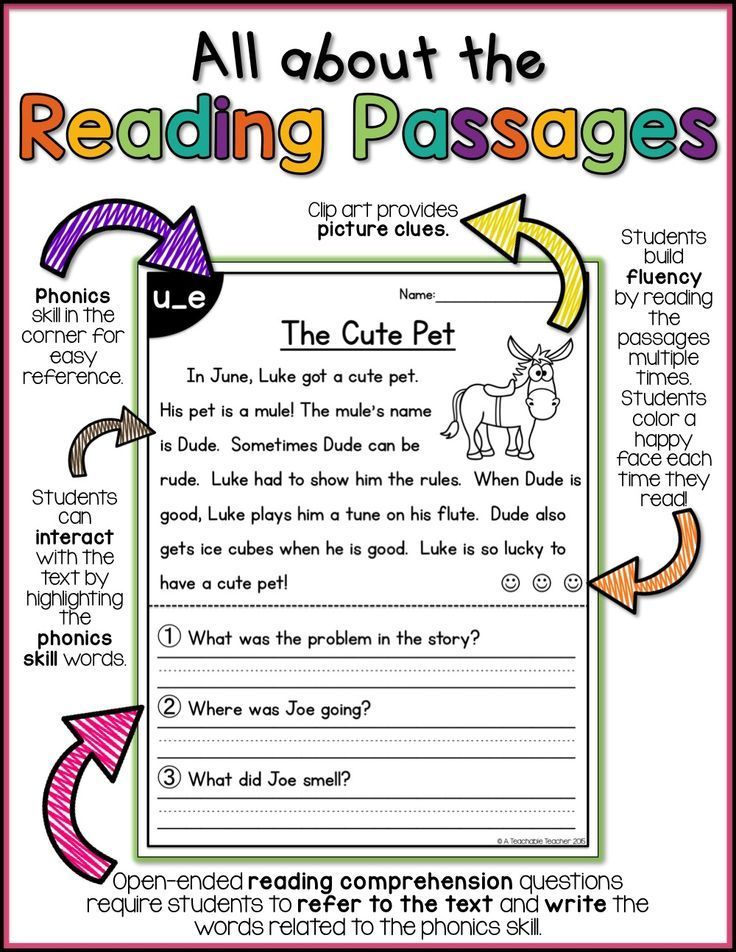 This type of phonics teaching is often referred to as “synthetic phonics”.
This type of phonics teaching is often referred to as “synthetic phonics”.
Explicit – directly teaching children the specific associations between letters and sounds, rather than expecting them to gain this knowledge indirectly.
Systematic – English has a complicated spelling system. It is important to teach letter sound mappings in a systematic way, beginning with simple letter sound rules and then moving onto more complex associations.
The term “phonics” has been used quite loosely by several reading programs, with some straying from these fundamental principles.
For example, some programs, such as Embedded Phonics, teach phonics by asking children to guess unfamiliar words using cues, such as the meaning of a word gleaned from sentence context.
Other programs ask children to look at words (for example, pig, page, pen all start with the same sound) and learn letter-sound rules by analysing or making comparisons between those words (analogy or analytical phonics).
These programs are not as effective as those focusing on letter-sound knowledge taught in an explicit and systematic fashion.
Why is it important?
Phonics instruction teaches children how to decode letters into their respective sounds, a skill that is essential for them to read unfamiliar words by themselves.
Keep in mind that most words are in fact unfamiliar to early readers in print, even if they have spoken knowledge of the word. Having letter-sound knowledge will allow children to make the link between the unfamiliar print words to their spoken knowledge.
Another aspect that is rarely discussed is that the letter-sound decoding process itself is a learning mechanism. For example, make a mental note of how you feel when reading the following words:
Wingardium Leviosa
When you first read these words, you probably used your letter-sound knowledge, which involved two important processing stages:
1) It helped you produce the correct sound of an unfamiliar print word.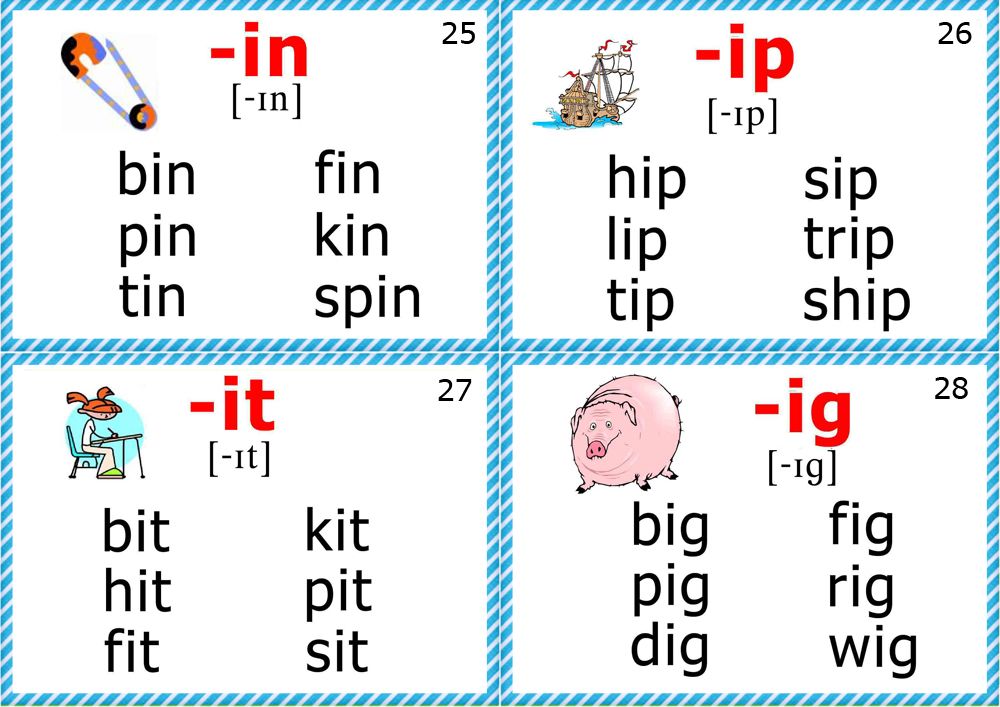 If you’re a Harry Potter fan, the pronunciation also probably lit up connections to the meaning of the word.
If you’re a Harry Potter fan, the pronunciation also probably lit up connections to the meaning of the word.
2) It drew your attention to the details and the combination of the letters of the word.
These two steps then function as a learning mechanism, allowing you to recognise the previously unfamiliar word quicker the next time around (go back to read the words again and see how you feel about them now).
This transition from slowly sounding out a word, to rapidly recognising it, is what we call “learning to read by sight”. Every reader must make this transition to read fluently.
It is true that there are many English words, such as yacht and isle that do not follow typical letter-sound rules. Even then, research has shown that children can still learn these words successfully by decoding some parts of the word (y … t for yacht), with help from spoken vocabulary knowledge to facilitate the learning.
Phonics is important not only because this knowledge allows children to read on their own, but it is also a learning mechanism that builds up a good print word dictionary that can be quickly accessed.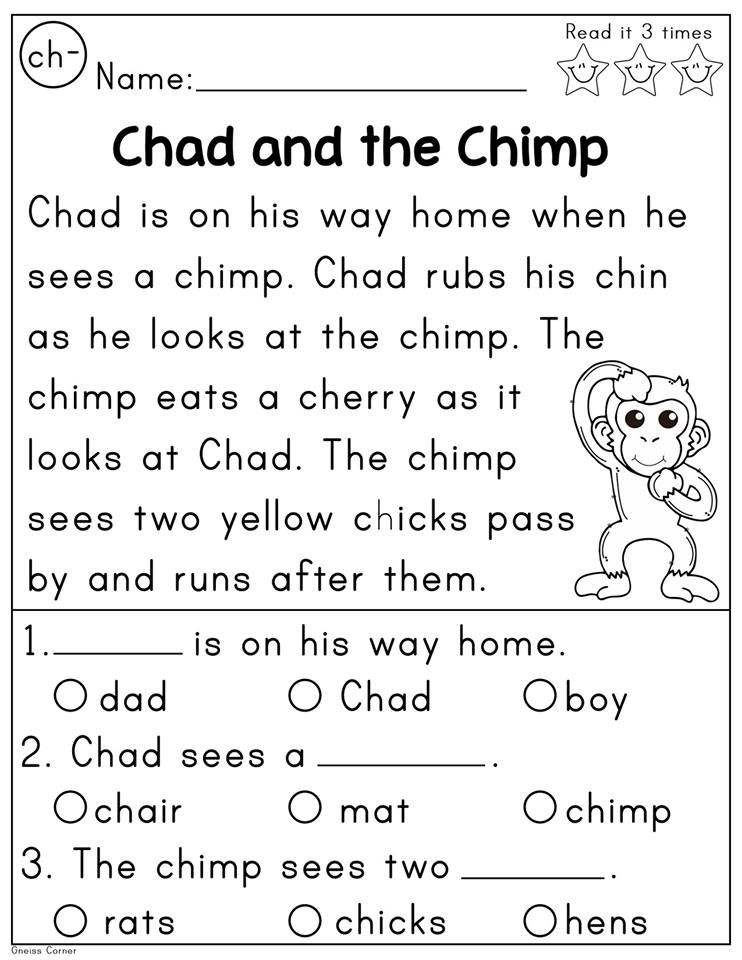
Will it really improve reading?
Recent National Assessment Program – Literacy and Numeracy (NAPLAN) results have shown no improvement in reading and writing skills despite much government funding.
The Program for International Student Assessment (PISA) results demonstrated a steady decline in children’s reading ability in Australia since 2000.
So will more effective phonics instruction really help to improve these results?
Of course, reading effectively (whether to learn or for pleasure) is not just about phonics or having a decent store of single words.
Functional reading requires several other skills such as good vocabulary, the ability to extract inferences, and synthesise and hold information in memory across several sentences. But if your single word reading is not efficient, comprehension is going to be dramatically affected.
If we use building a house as an analogy, understanding text is the complete home; single word reading ability is the structural frame of the house, and phonics is the foundation of that frame.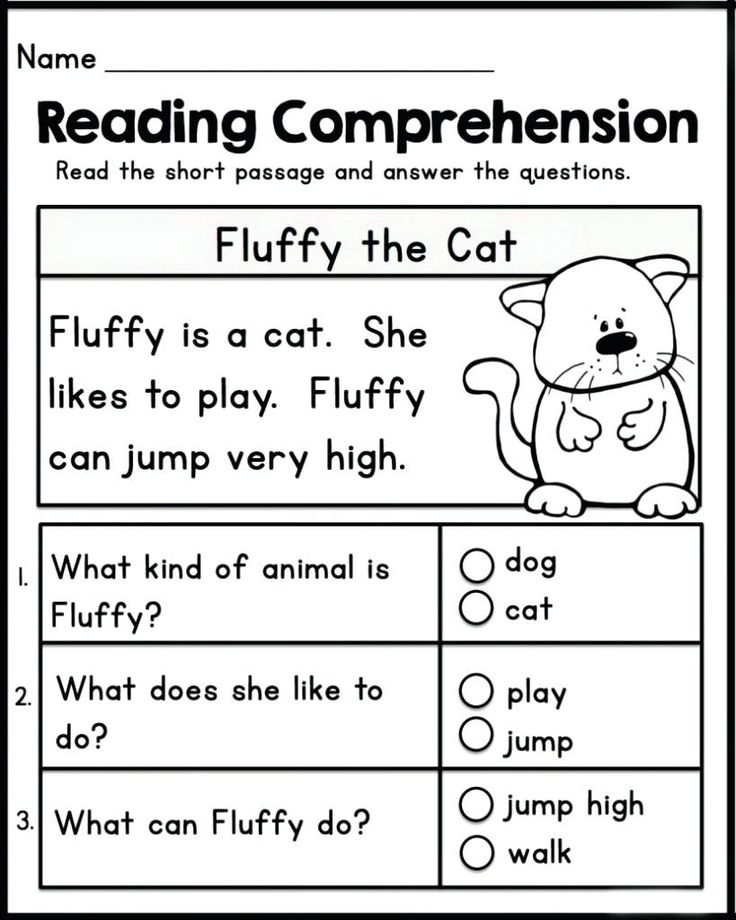
Effective phonics instruction is important because letter-sound knowledge is the foundation needed to build up reading and writing abilities.
The phonics screening check will indicate whether children have gained the necessary skills. If not, schools need to review current methods of teaching and implement methods that stick with evidence-based principles of explicit, systematic phonics teaching.
The meaning and place of phonetics in the school course of the Russian language.
The meaning and place of phonetics in the school course of the Russian language.
Phonetics is the study of sounds and the sound system of the Russian language. The meaning and place of phonetics in the school course of the Russian language is determined in the language by its sound side.
Phonetic knowledge is very important for schoolchildren, as it is closely related to graphics and manifests itself in spelling literacy and orthoepic norms, and also contributes to a meaningful and deep assimilation of native speech.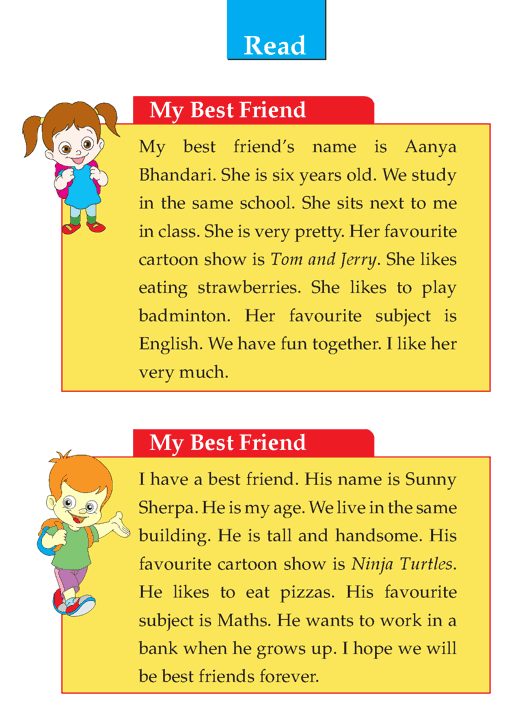 This is the reason for the relevance of this work.
This is the reason for the relevance of this work.
How to formulate the phonetic representations of elementary school students so that they become a solid basis for further mastering the language system - this is the problem that every elementary school teacher works on.
The theoretical basis of the work is the works of Lvov M.R., Ramzaeva T.G., Svetlovskaya N.N., T.P. Salnikova, S.L. Soloveichik et al.
Speech development of children, their successful schooling is to a certain extent dependent on the correct organization and content of work on knowledge elements from the field of phonetics and graphics from the very first days of study. If a child has a poorly developed ability to listen and hear, to distinguish and correctly use the sound means of language, i.e. his speech hearing is not sufficiently developed, that is, he will experience difficulties in communication (both in transmitting his thoughts and in perceiving others). It is no coincidence, therefore, that in the methodological literature a large place is given to the study of phonetics and graphics in the first grade.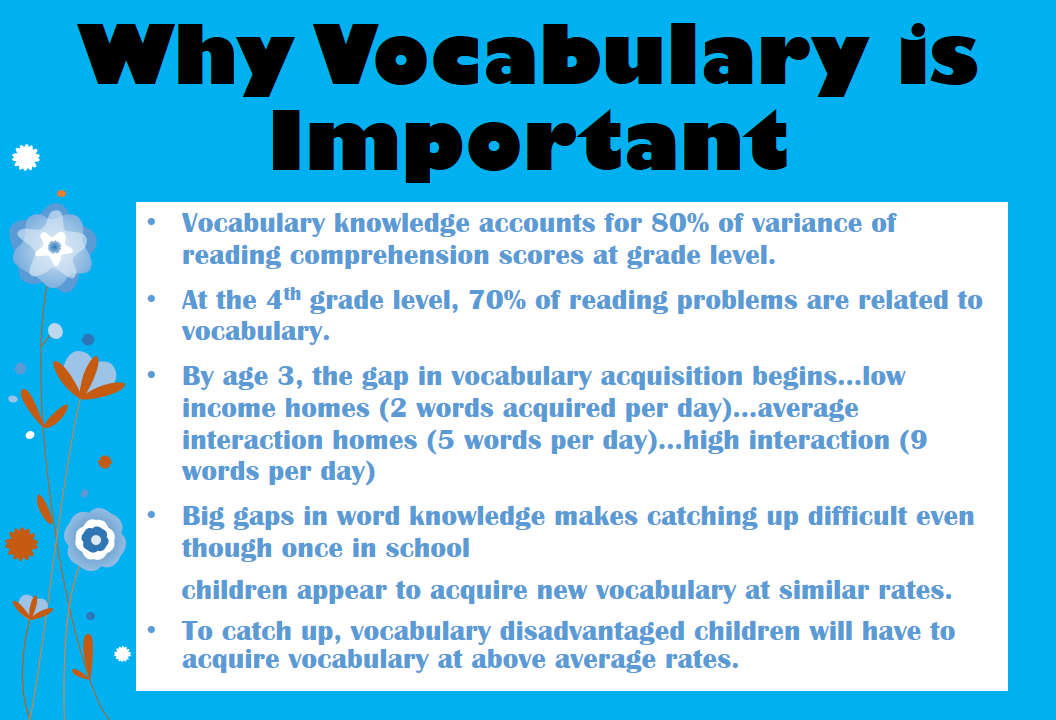
The role of mastering phonetic knowledge is great:
1. Based on phonetic knowledge, first-graders master the process of reading and writing during the period of literacy.
2. Phonetic knowledge forms the basis of the correct pronunciation of words.
3. Phonetic knowledge in interaction with morphological and word-formation forms the basis for the formation of a number of spelling skills, for example, for spelling checked unstressed vowels, paired deaf-voiced consonants in a word.
4. Phonetic knowledge is necessary for conscious intonational correct pronunciation of sentences, observing logical stresses, pauses, etc.
5. knowledge of the sound composition of a word is important for understanding its lexical meaning and its conscious use in speech. For example, the words stand-stand, flour-flour - differ only in stress or the forms of the words hands-hands, rivers-rivers.
Soft and hard consonants determine the lexical difference between the words bow-hatch, flags-flasks.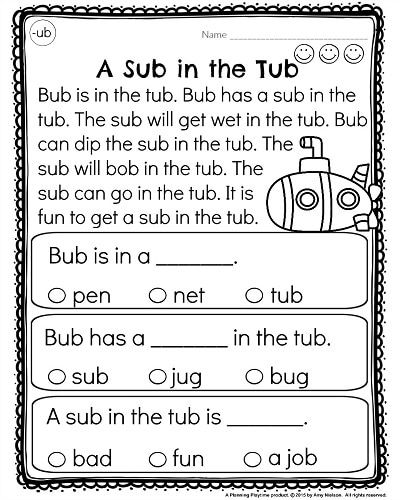
This is why phonetics and graphics are central to grades 1-2.
According to the school curriculum, primary school students master a complex of foentiko-graphic skills: the ability to recognize a sound and a letter, vowel and consonant sounds, paired consonants in voiced and deafness, unpaired voiced, unpaired deaf, consonant paired in softness and hardness, always hard and always soft, the ability to divide words into syllables, find and highlight a stressed syllable, use vowels to correctly designate soft and hard consonants in writing, use ь to indicate the softness of consonant sounds and as a separator.
Although children practically master the sound structure of speech before school, this does not mean that even before special education, first-graders are able to divide a word into syllables, pronounce each sound in a word in sequence. Purposeful work is needed on the formation of the above skills in first-graders, which, in turn, involves the mastery of such mental operations as analysis, synthesis, comparison, classification, as well as the assimilation of some elements of knowledge about the nature of sounds, their interaction in the composition of words, their originality. compared to letters, etc.
compared to letters, etc.
The definition of sound is not introduced in elementary school, because this is a rather complex concept, however, it is necessary to create a correct scientific understanding of sound. The leading technique is to observe the pronunciation of sounds in a word. Children learn that the heard or spoken word consists of sounds, they learn to conduct a syllable-sound analysis of words.
Russian writing is sound, because it is based on the fact that in writing sound is denoted by a letter. It is necessary from the 1st grade to learn to recognize the sound and the letter: the first we hear, the second we write. A letter is a graphic representation of sound. And sound can be represented using reference signals and circuits.
How can this be done in literacy classes? Working on the textbook R.N. Buneeva, E.V. Buneeva "My favorite ABC" decided to "revive the little men." They cut out a figure of a rather conditional “little man” from thick paper.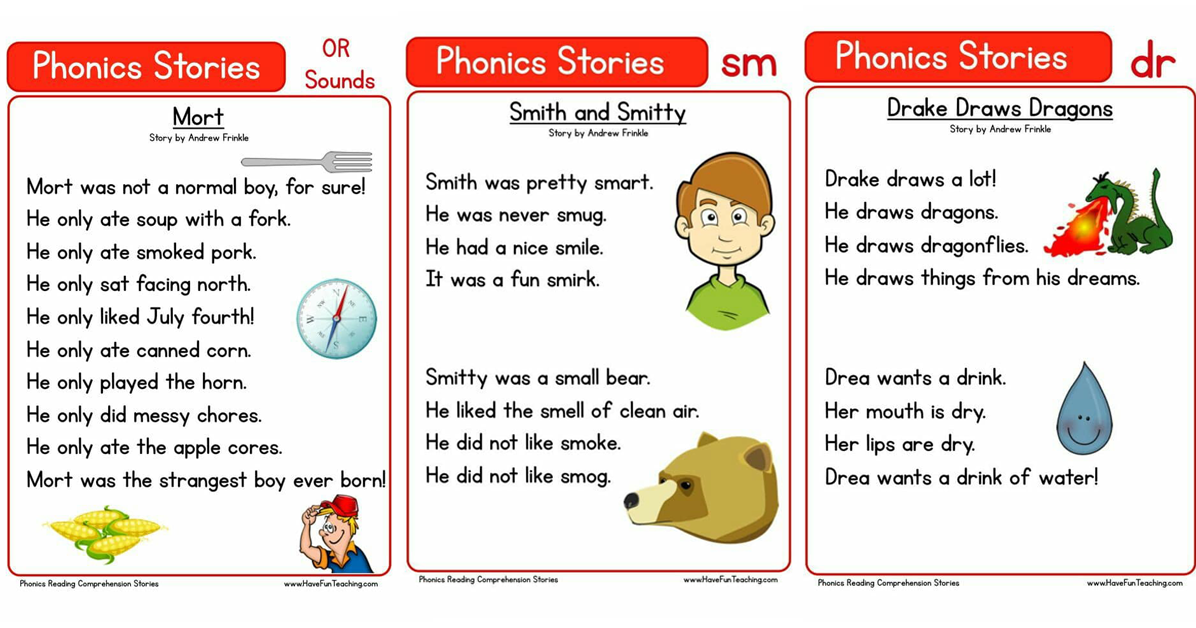 We prepared a cylinder hat, a “bell” hat, 3 pairs of shoes - blue, green and red. Every child has such "little men". The class is alive!
We prepared a cylinder hat, a “bell” hat, 3 pairs of shoes - blue, green and red. Every child has such "little men". The class is alive!
These "little men" can be used at any stage of the lesson.
For example: the topic of the lesson is “Consonants d, d, letter d”.
| Stages of the lesson | Activities of the teacher | Activities of the student | Formation UUD |
| 1. Acting knowledge 9000I read the text and put up tablets with words on the board in a certain sequence (this is a support for memorization). This is ... (house). From the pipe comes ... (smoke). Near the house grows ... (oak). On the oak ... (hollow). At the hollow ... (woodpecker). At home ... (grandfather). Next to the grandfather are playing .. -What words helped you to create this picture? -What do these words have in common? -What is that sound? - Why? I read the words: house, smoke, oak, hollow. -What is the sound at the beginning of these words? -What color shall we designate? I read the words: grandfather, children. -What is the sound at the beginning of these words? -What color shall we designate? - Guys, what kind of hat will we give the scheme-man of these sounds? Let's check. | Dialogue between teacher and students. Working with a human diagram. Marked with a blue circle (shoe blue). Marked with a green circle (green shoe). Cap - bell | Cognitive: 1). Formation of the ability to extract information from diagrams, illustrations, texts; 2). To form the ability to identify the essence, features of objects. |
The revived "little men" behaved like people: they went to visit each other's flowers and bought food (to a given sound), traveled in transport, sometimes they could put on someone else's clothes.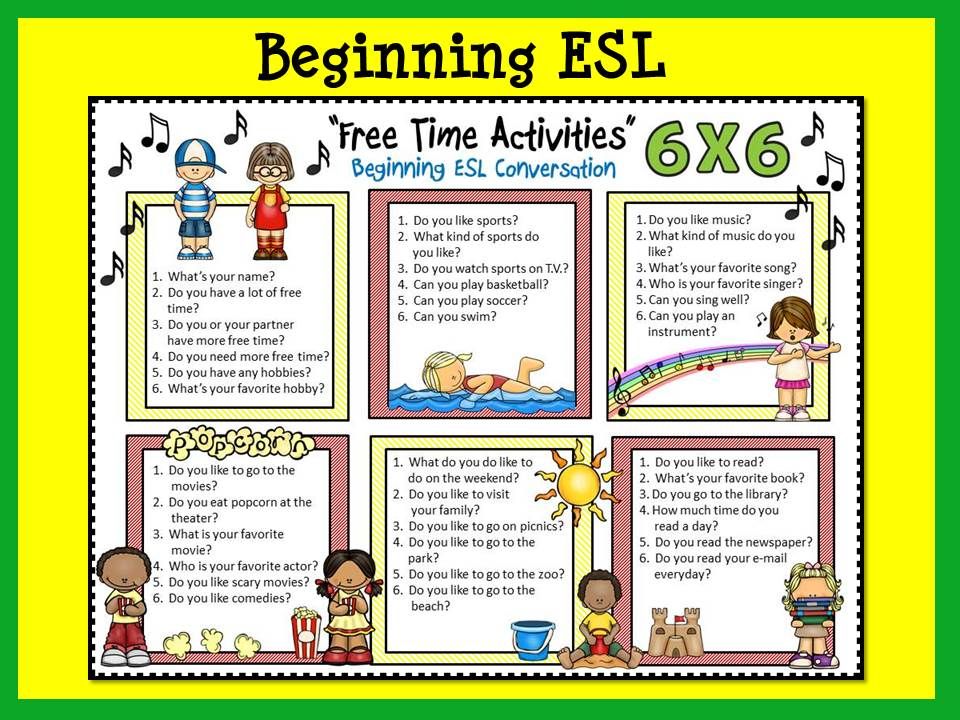 Children enjoyed helping them find mistakes and correct them.
Children enjoyed helping them find mistakes and correct them.
This is how the children got acquainted with the first model. I believe that the use of collapsible models serves several purposes at the same time.
-
The child is involved in educational and cognitive activities.
-
A game situation is created at the lesson.
-
All children participate in the work.
-
It is extremely easy to create a problem situation in a lesson.
The creative process, inspired by the idea of "animated men", went further. So there was a "Tape of little men." This is a tape of letters familiar to everyone, only more lively and cheerful.
Depending on your imagination and desire, the "Little Men's Tape" can be of an educational and adventurous nature. For example, little letters decided to run away from mistakes, cross the river of Ignorance and get a pass to the realm of the Russian language... Creativity has no boundaries.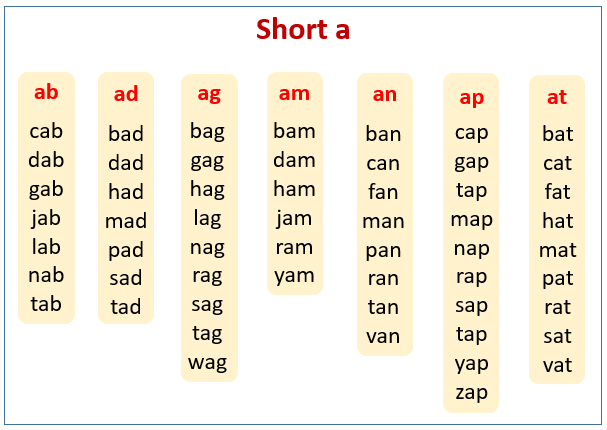 If desired, the sounds R and R can decide, growl, swear, hold a pen and a belt in their hands; sound Sh - fly in a balloon from which (sh-sh-sh-sh-sh-sh-sh) air descends; soft and hard signs can be attacked by bugs, lose their voice and be left without clothes, etc.
If desired, the sounds R and R can decide, growl, swear, hold a pen and a belt in their hands; sound Sh - fly in a balloon from which (sh-sh-sh-sh-sh-sh-sh) air descends; soft and hard signs can be attacked by bugs, lose their voice and be left without clothes, etc.
Thus, students master the basic concepts, skills and abilities in this area already in the alphabetical period. They receive information about sounds and letters, vowels and consonants and their difference, about the syllable, stress, stressed and unstressed vowels, deaf and voiced, soft and hard, paired and unpaired consonants, and make a sound-letter analysis of words. In the future, this knowledge is systematized and concretized, included in the solution of new cognitive tasks.
The construction of the learning process, specifically focused on the development of imagination and thinking, fundamentally changes the student's position - the role of the creator (organizer) of his activity begins to occupy a significant place. The student does not mindlessly accept a ready-made model or teacher's instructions, but he is equally responsible for his mistakes, successes, and achievements. He actively participates in every step of learning - he accepts a learning task, analyzes ways to solve it, puts forward hypotheses, determines the causes of errors, etc. The feeling of freedom of choice makes learning conscious, productive and more effective.
The student does not mindlessly accept a ready-made model or teacher's instructions, but he is equally responsible for his mistakes, successes, and achievements. He actively participates in every step of learning - he accepts a learning task, analyzes ways to solve it, puts forward hypotheses, determines the causes of errors, etc. The feeling of freedom of choice makes learning conscious, productive and more effective.
Literature
1. Lvov M.R., Ramzaeva T.G., Svetlovskaya N.N. Methods of teaching the Russian language in elementary grades. - M., 1987.
2. Exemplary basic educational program of an educational institution. Second generation standards. Primary School. M.: Enlightenment. 2011.
3. Soloveichik M.S. Russian language in elementary grades. – M., 1983.
THE ROLE OF PHONETIC KNOWLEDGE IN MASTERING ORAL AND WRITTEN SPEECH IN JUNIOR SCHOOLCHILDREN
Home Scientific journals "Internauka" Scientific journal "Internauka" №25(248) THE ROLE OF PHONETIC KNOWLEDGE IN MASTERING ORAL AND WRITTEN SPEECH IN YOUNGER SCHOOLCHILDREN
The role of phonetic knowledge in the mastery of oral and written speech by younger schoolchildren
Zephyrova Svetlana Alekseevna
Student, GBOU in the Stavropol State Pedagogical Institute, a branch of the city of Essenti, 9000 9017
Borisova Lyubov Petrovna
ped.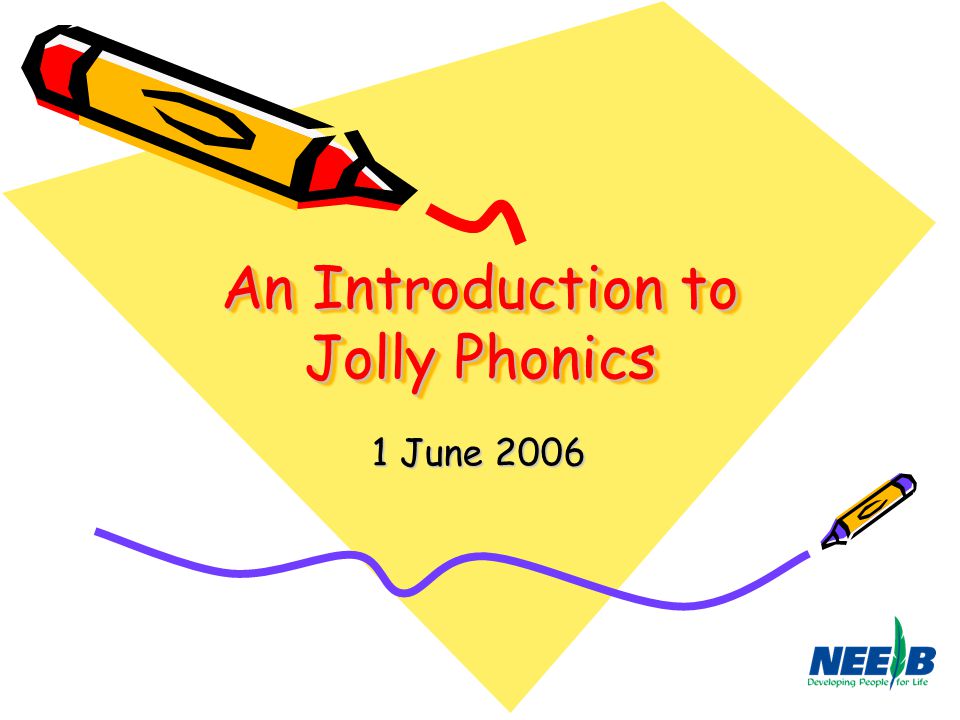 Sciences, Stavropol State Pedagogical Institute, branch Essentuki,
Sciences, Stavropol State Pedagogical Institute, branch Essentuki,
Key words: speech, younger students, phonetic knowledge.
Keywords: ndex terms: speech, primary school students, phonetic knowledge.
Pronounced and sounding human speech is studied by phonetics. In the works of Yu.P. Bogachev [1], L.L. Kasatkina [6], phonetics (from the Greek phone - “sound”) is interpreted as a branch of the science of language that studies the composition of sounds, the specifics of their occurrence and pronunciation, syllables, stress, intonation and other phonetic means that the language uses in the role of material for the formation of words or sentences in communication.
Articulate speech demonstrates a sound stream. Units are distinguished in it: phonetic phrases, phonetic measures, phonetic words, syllables.
The initial "building material" for each of the units of the sound stream, starting with syllables, according to L. L. Kasatkin, are sounds - vowels and consonants. In a word, the number of syllables is determined by the number of vowels, because they are syllable-forming in Russian [6].
L. Kasatkin, are sounds - vowels and consonants. In a word, the number of syllables is determined by the number of vowels, because they are syllable-forming in Russian [6].
The analysis of the Russian language programs for elementary school has proved that the mastering of the main topics is of a “cross-cutting” nature and includes each class. However, major themes are emphasized in all classes. In grade 1, a special place is given to the study of topics in phonetics and graphics, as students learn the process of reading and writing; in the 2nd grade, the center is occupied by the study of the morphemic composition of the word and sentences. On the basis of word-building knowledge, children develop spelling skills (especially the spelling of checked vowels and consonants in the roots of words, the spelling of prefixes), a conscious attitude to the lexical meaning of the word, its use in their own speech develops. In grade 4, the study of parts of speech comes to the fore (deepening of morphological knowledge, the formation of spelling skills for case endings of nouns and adjectives, personal endings of verbs) [3].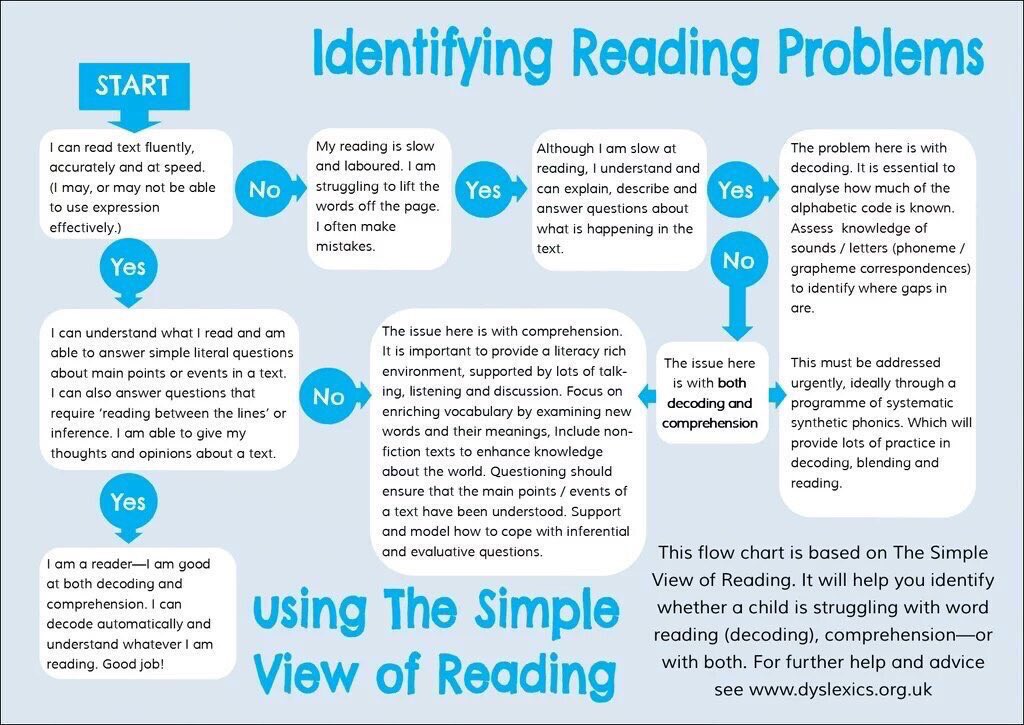
We agree with T.N. Kazaeva [4], L.V. Kozlov [5], D.B. Elkonin [8] emphasizes that the speech development of schoolchildren depends on the correct organization and content of work on the elements of phonetics and graphics. For this reason, the main role in the assimilation of oral and written speech by younger schoolchildren is brought to the mastery of phonetic knowledge .
Based on the phonetics section, children learn the process of reading and writing during the period of literacy.
- Phonetic knowledge forms the basis of correct pronunciation.
- Phonetic knowledge in interaction with morphological and word-formation forms the basis for the formation of spelling skills (spelling of unstressed vowels, paired voiced and voiceless consonants, etc.).
- Phonetic knowledge is required for conscious intonation of sentences, respect for logical stress, pauses, etc.
- Knowledge of the sound composition of a word is necessary to understand its meaning and use it correctly in speech.
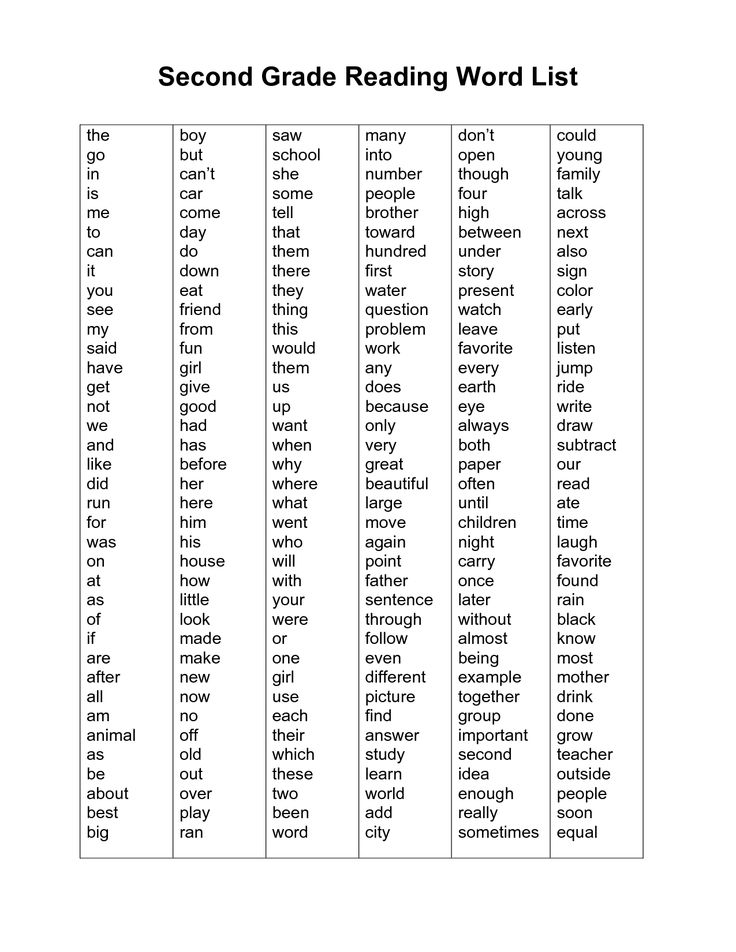
Corresponding to the school curriculum, primary school students learn a set of phonetic and graphic skills. These skills are:
- recognize sound and letter;
- distinguish vowels from consonants;
- recognize paired consonants by voicedness and deafness, unpaired voiced, unpaired deaf;
- distinguish consonant pairs by softness and hardness, always hard and always soft;
- divide a word into syllables, find and highlight a stressed syllable;
- correctly designate soft and hard consonants in writing using vowels;
- use the letter ь to indicate the softness of consonants and as a separator [4].
An analysis of the material on the topic of the study allows us to conclude that the development of phonetics and graphics is given the main place in the first grade, because children learn the process of reading and writing. In the second and third grades, the program does not contain new knowledge, but phonetic information includes new connections with other sections of linguistics.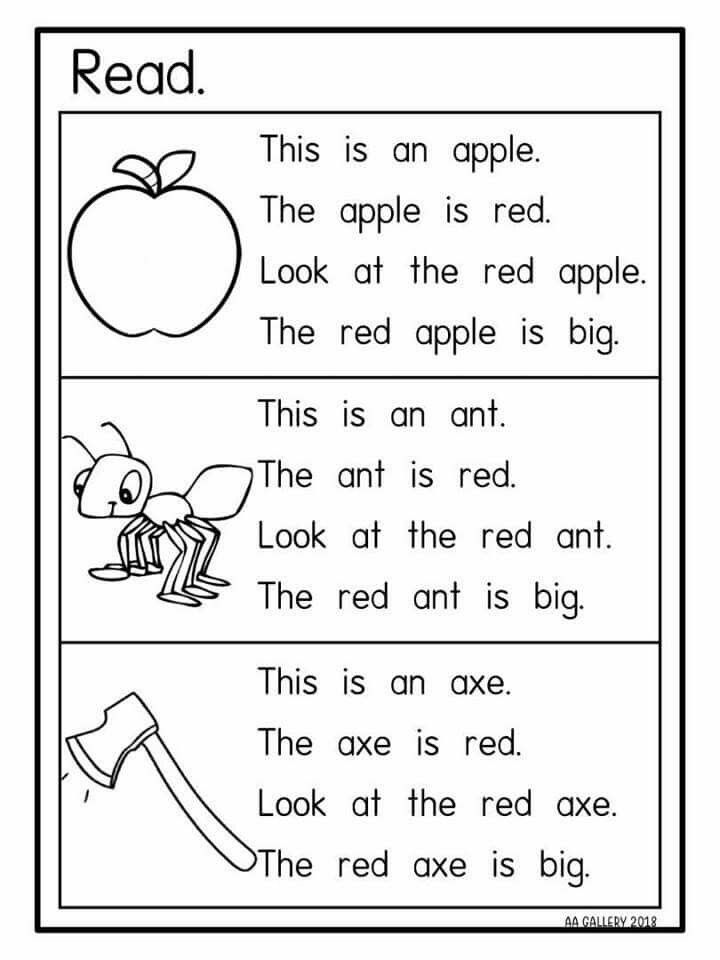 The section "Sounds and Letters" is included in the program of all three years of primary education in Russian, but it remains the main one in the first grade. Because it is here that the basic knowledge and skills in the section are formed, which are only consolidated in the next classes [3, 5, 7].
The section "Sounds and Letters" is included in the program of all three years of primary education in Russian, but it remains the main one in the first grade. Because it is here that the basic knowledge and skills in the section are formed, which are only consolidated in the next classes [3, 5, 7].
The “Sounds and letters” section contains these topics: “Vowels and consonants sounds and letters”, “Syllable”, “Softness of consonants and its designation in writing”, “Stress”, “Voiced and voiceless consonants”, etc. d. Studying these topics, the emphasis is on the skills that students acquire while learning to read and write.
T.P. Salnikova notes that the central task of studying this section during grammar lessons is practical: to develop in schoolchildren an intelligible and distinct pronunciation of words, the ability to divide words into syllables, distinguish sounds in them and designate them in writing. The solution of the problem establishes the mastery of mental operations by students: analysis, synthesis, comparison, classification, as well as the mastery of certain elements of knowledge about the nature of sounds, their interaction in the composition of words, their originality compared to letters, etc.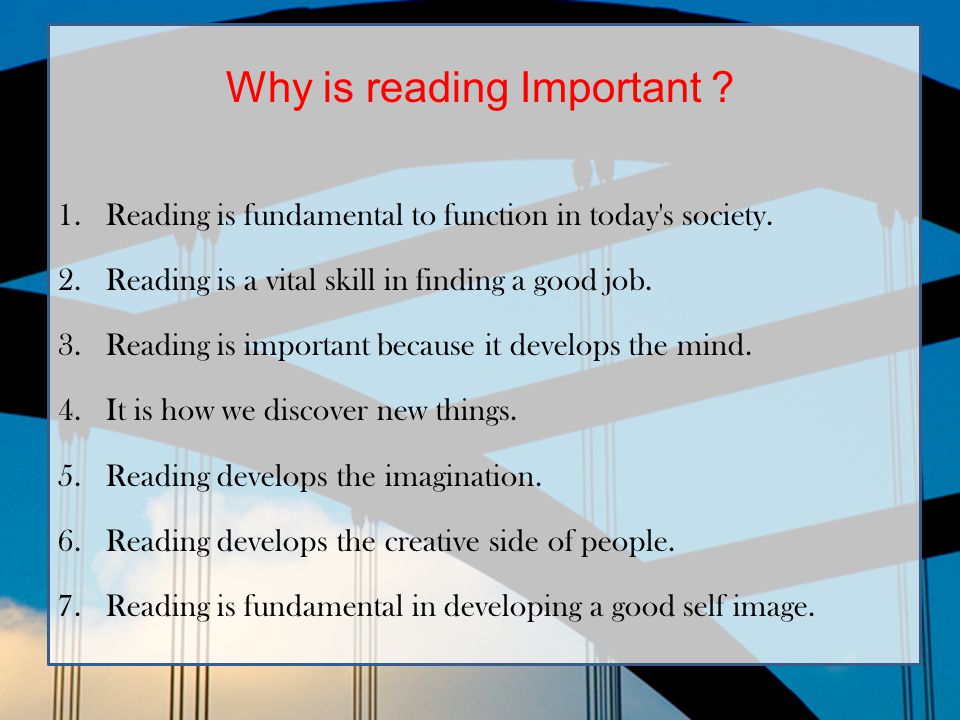
Studying linguistic works on the theory of writing, D. B. Elkonin concluded that the system of teaching reading (recreating the “sound form of words according to their graphic (alphabetic) model”) is completely subordinate to the nature of writing. Since Russian writing is sound-letter (more precisely, phonemic-letter), a person uses sounds in the process of reading. From this follows the condition: the initial point in the study of reading should be orientation in the sound reality of the language [3].
In our time, literacy training in any textbook begins with the pre-letter period, when students are busy with the practical mastery of phonetics.
M.S. Soloveichik says: “No less than for the period of literacy, phonetic knowledge and skills are important for the whole subsequent study of reading and writing. Phonetic skills are the main basis for the development of conscious spelling skills, especially without them it is impossible to form the spelling vigilance of students.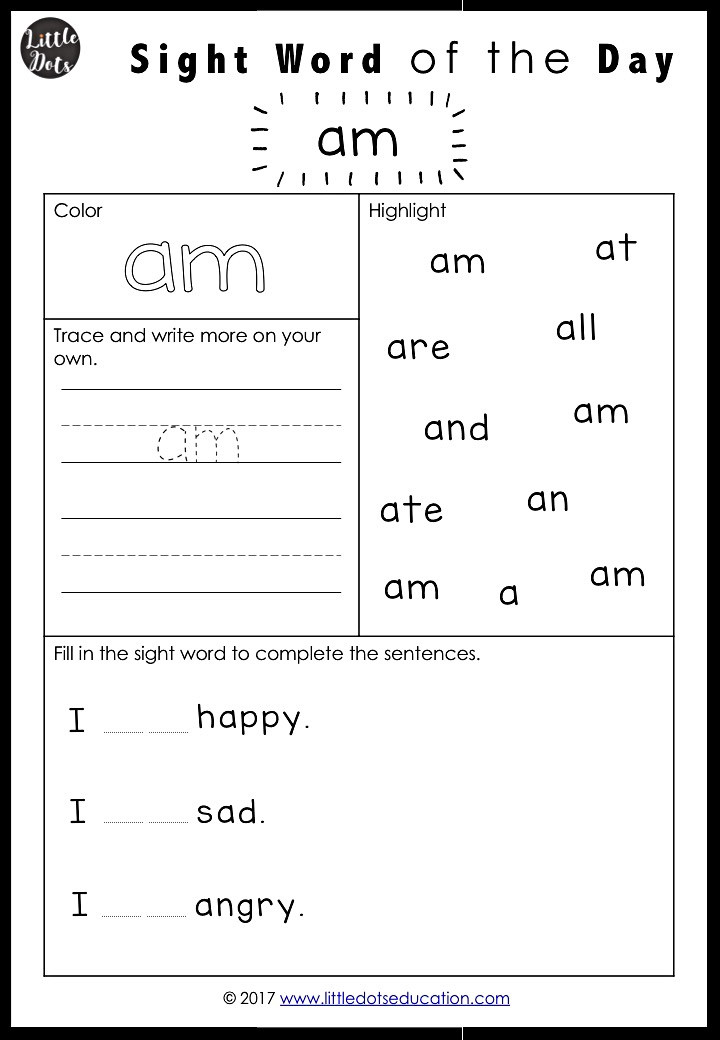
We also focus on phonetics when teaching vocabulary, grammar, and morphemics. The younger student must catch the connection not only between the sound composition of the word and its meaning (cake - port), but also between the grammatical meanings of specific word forms and the sound composition of morphemes expressing these meanings
According to T.P. Salnikova, M.S. Soloveichik, phonetic knowledge and skills play a special role in teaching a language in dialectal conditions, as well as in conditions of bilingualism [2, 7].
So, decent phonetic training is the basis of continuity in language learning between junior and middle classes. L.V. Kozlova assumes that what methods of sound analysis and how are formed in younger schoolchildren influences, the issue of the content and forms of teaching phonetics (and not only it) in the middle classes is being decided [5, p.24]. It follows that the task of ensuring high-quality phonetic training of students in the primary grades becomes even more important and responsible.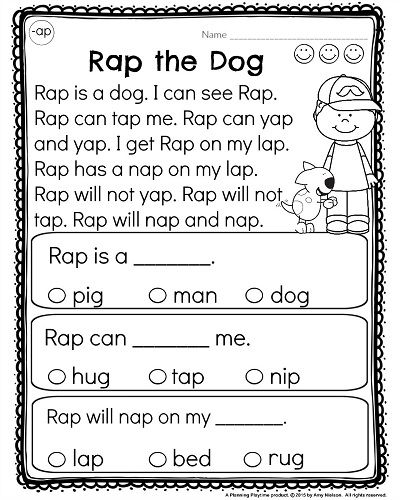 However, unfortunately, the control of knowledge at all levels (in primary and secondary school) illustrates that phonetic errors become almost the most frequent.
However, unfortunately, the control of knowledge at all levels (in primary and secondary school) illustrates that phonetic errors become almost the most frequent.
References:
- Bogachev Yu.P. Russian language with the basics of linguistics: A textbook for students. higher textbook institutions M .: "Academy". - 20015. S. - 402
- Bondarenko A.A. Live phonetics in elementary school Primary school. -2015. - No. 7. – P. 15–20.
- Vorontsov A.B. Collection of exemplary programs for elementary general education schools / Comp. A.B. Vorontsov. – 3rd edition. – M.: VITA PRESS. - 2012. - 348 p.
- Kazaeva T.N. The development of speech of younger schoolchildren // Elementary school. - 2017. - No. 6. - P.84.
- Kozlova L.V. Teaching sound analysis as a speech action during the period of literacy // Elementary School. –2014. - No. 8. –p.24.
- Russian language Textbook for students of higher ped.

Learn more

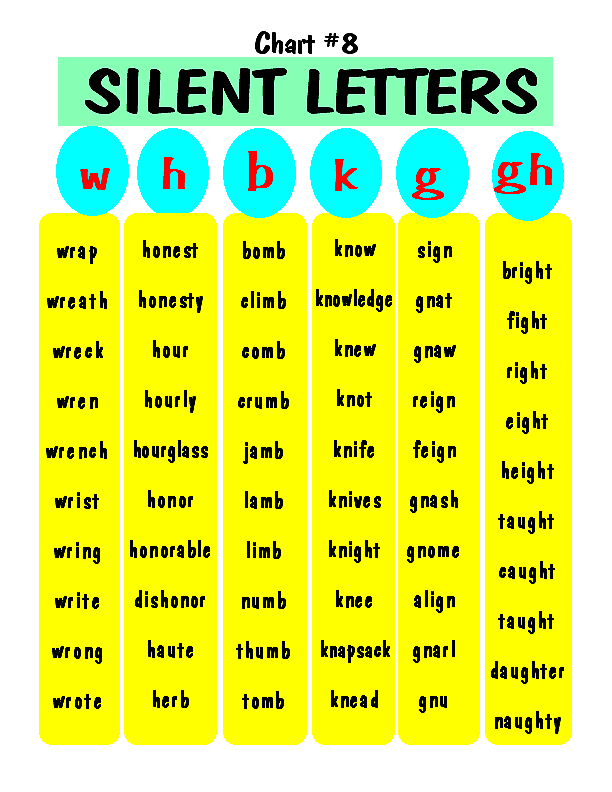 . (children).
. (children). 
